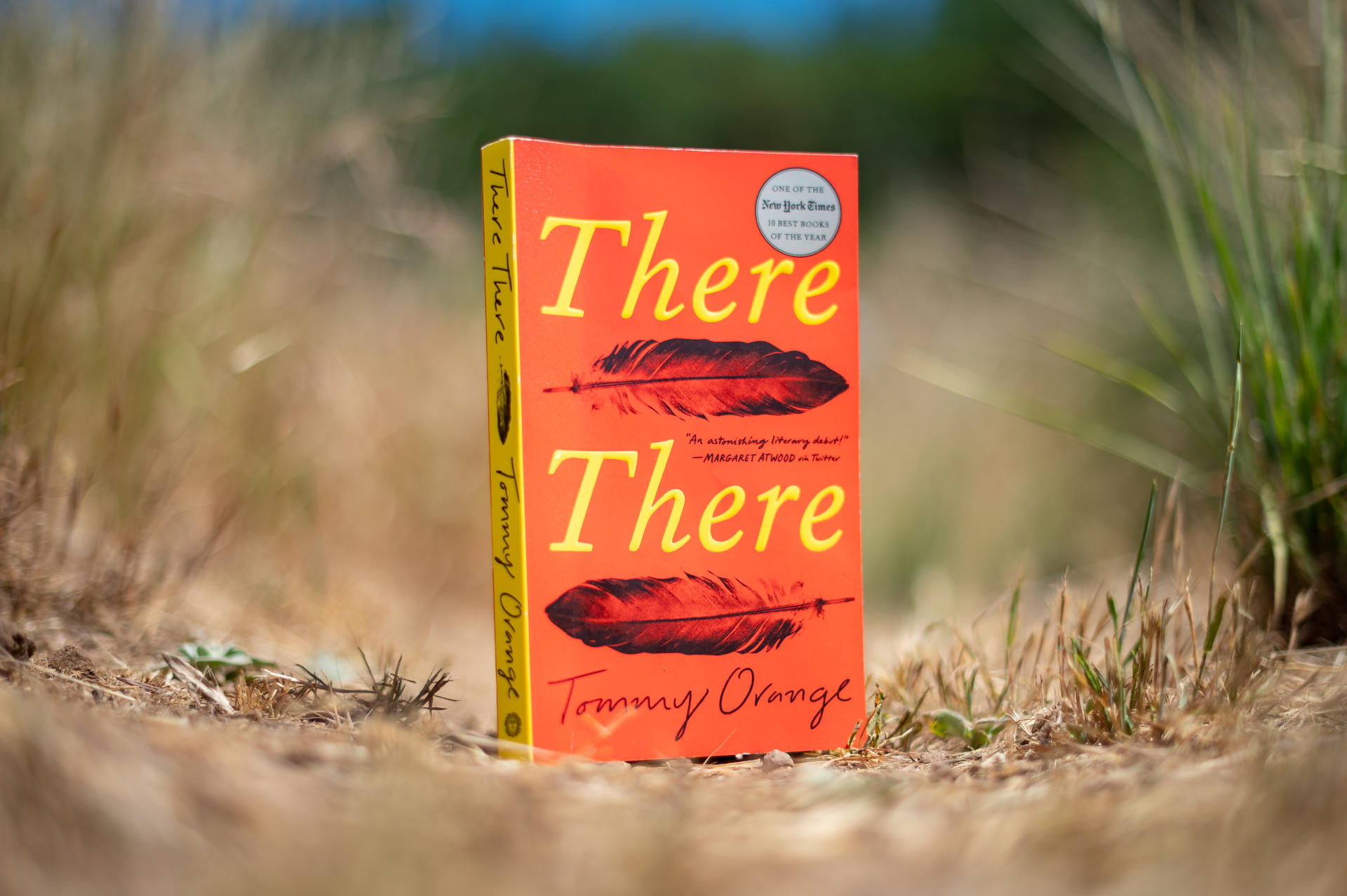Book in Common Challenges Perception, Narrative of Native Tribes

Tommy Orange’s debut novel There There was selected as the Book in Common for 2021–22. Through the connected stories of 12 characters, the book tells of the plight of the urban Native American and grapples with a complex and painful history. Embracing a Book in Common as a shared community read has been a proud Chico State tradition since 2000 and helps to understand and discuss issues facing broader communities. There There will be only the third novel selected in the last two decades. Choosing a novel allows us to celebrate the power of imagination and storytelling as well as the history and issues that Orange’s work explores. It also centers on Native communities and voices during the inaugural year of the California State University system’s new Ethnic Studies requirement. Named one of The New York Times 10 Best Books of the Year (2018) and a winner of the PEN/Hemingway Award, There There will provide resonant opportunities for thinking deeply and meaningfully about Native experiences on our campus, in California, and beyond. The book is photographed on Monday, June 7, 2021 in Chico, Calif. (Jason Halley/University Photographer/CSU, Chico)
We acknowledge and are mindful that Chico State stands on lands that were originally occupied by the first people of this area, the Mechoopda, and we recognize their distinctive spiritual relationship with this land, the flora, the fauna, and the waters that run through campus. We are humbled that our campus resides upon sacred lands that since time immemorial have sustained the Mechoopda people and continue to do so today.—Land Acknowledgement
The Book in Common shared reading experience is a long and treasured tradition at Chico State and in our community. This year’s book, There There, is a brilliant and provocative novel by Tommy Orange. Described by reviewers as vivid and complex with a “voice full of poetry and rage,” There There is noted as a “wonderous and shattering portrait of an America few of us have ever seen.” Through the art of storytelling, Orange guides us to observe the lived experiences of 12 urban Indians grappling with addiction, abuse, and suicide that are symptomatic of generational trauma caused by centuries of racist brutality and intentional genocide.
I found it a riveting read—starting with the title itself, which is captivating and powerful. I was well familiar with Gertrude Stein’s quote, “there is no there there,” but it has an entirely new meaning for me now. As the book’s character Dene Oxendene prepares to head into an interview where he hopes to secure funding for a documentary, he has an exchange with another applicant, a balding white guy with a beard, Rob. It was clear to me when Rob misused Gertrude Stein’s quote that not only was he not from Oakland but he had no deep sense of place. Dene has a visceral reaction to Rob’s callousness:
“This there, there … for Native people in this country, all over the Americas, it’s been developed over, buried ancestral land, glass, and concrete and wire and steel, unreturnable covered memory. There is no there, there.”
At Chico State, we are trying to honor those covered truths and histories in many ways. Over the last six years, the University has been committed to going beyond a land acknowledgment that is recited at events, in syllabi, and on our website in honor of the Mechoopda people. We have developed two memoranda of understanding with the Mechoopda and have improved our outreach and support of Native students and their communities. We have dedicated spaces in the lobby and outside the new Science Building honoring the first male and female Mechoopda graduates of Chico State, and calling the outdoor space Bahapki Commons. Just last weekend we gathered there with one of those graduates and their families to honor their contributions and lasting impact.
Additionally, the University was the first in the California State University to establish an Office of Tribal Relations within the Office of the President. Four years ago, Tribal Relations was established under the leadership of Rachel McBride-Praetorius. Its purpose is to acknowledge Tribal sovereignty by working with Tribes through a government-to-government process and to provide Native students with a meaningful and safe space to gather, study, and socialize.
Our activities and services have expanded to include outreach to regional tribes and work with the Multicultural and Gender Studies Department to cultivate Native American Studies and with the Academic Senate to develop policies and resolutions in support of equity and inclusion of Native Americans. Rachel and I are highly involved in leading Native American initiatives at the CSU system level as well.
As I reflect on our progress and room for growth, I am grateful for this book selection for all it has taught me and for the opportunities it has given our campus and community to learn about the experiences of Native Americans and what is truly “there.” It has been an excellent example of how the Book in Common selection can promote discussion and understanding of important issues in our community, society, and world as a whole.
If you have not already done so, I encourage you to read There There and take part in the Community Read Challenge. Two weeks of challenge activities remain, including an artist talk with Mechoopda/Maidu member Jacob Meders on February 24 and a Zoom panel discussion of There There by some of our Native American students on February 25. And, of course, author Tommy Orange will be on campus for a talk on March 1 in Laxson Auditorium. Tickets are still available!
As we wrap up our discussions on There There, we are continuing with the selection of the 2022–23 book. Feedback on the shortlist of three finalists is being sought now. I hope you’ll weigh in—and keep reading!


